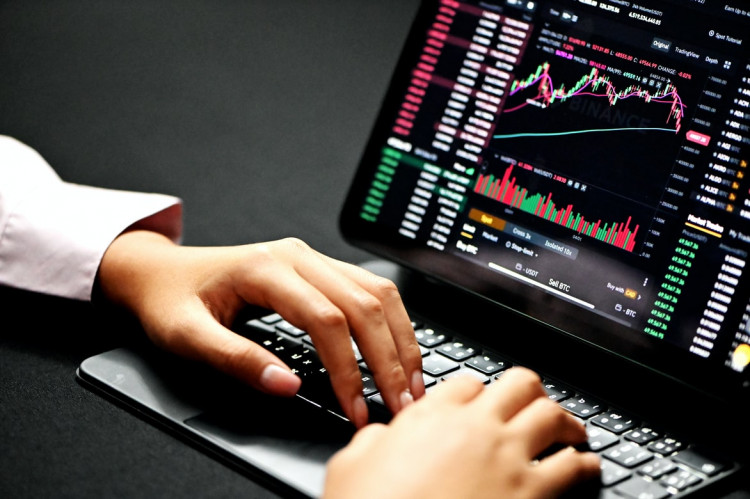Financial derivatives have been gaining popularity among retail traders and individual investors as they can supposedly generate significant gains out of small sums of capital invested.
Going from contracts for difference (CFDs) to options and futures, these financial derivatives are designed in a way that even the accounts with the smallest balances can produce sizable gains if they accurately predict the direction that the underlying asset will take in the future.
Many trading platforms nowadays are currently offering access to these instruments to retail investors. Depending on where you live, websites like Broker Reviews can help you in screening the best CFD trading platform by country.
Since these products are becoming increasingly popular and are now being offered by most brokers, the following article takes a closer look at how they work and what are the benefits and risks involved when using them for either trading or investing.
A quick look at the most common derivatives
Financial derivatives are the result of a trend known as "financial engineering", which seeks to design products that can help individuals and businesses in realizing their financial goals in today's complex globalized economy.
A derivative, as its name goes, derives its value from that of the underlying asset it tracks. Some of the most common instruments offered to the public today are options, futures, and contracts for difference (CFD).
Options are contracts that give the holder the right - not the obligation - to buy (call option) or sell (put option) a certain underlying financial asset at a pre-defined price once the expiration date of the contract is reached or, in some cases, at any point during the lifetime of the contract.
Options are typically used for hedging purposes as investors can buy a put option on a certain asset they hold to protect his/her holdings against a sharp decline in the value of said asset.
However, they can also be used to speculate on the future performance of that same asset. For example, if an investor believes that the price of a certain stock will rise, he/she can buy call options that expire on a future date to gain from that increase - if it occurs.
The cost of trading options is the premium paid per contract and a minimum of 100 contracts typically have to be bought to open a position. The premium is determined by a set of complex variables and a formula known as the Black-Scholes options pricing model.
On the other hand, contracts for difference (CFD) - instruments that have also gained popularity among retail traders lately - are a different type of derivative that compensates the holder of the contract for the difference between the opening price and the closing price minus any fees involved in the operation.
With CFDs, traders and investors can open either long or short positions on the underlying asset the contract tracks depending on their directional forecast for that instrument.
Both options and CFDs allow investors with a relatively small budget to leverage their positions indirectly. This means that gains can be augmented but so can losses and they can even exceed the amount of capital invested by the account holder.
Benefits and risks of financial derivatives
The primary benefit of derivatives is that they allow investors to hedge against potential downturns in the market and that was the main objective that financial engineers had in mind when they designed these products.
Moreover, they also allow investors with a relatively small budget to leverage their positions to scale their account value quicker than they would if they bought the underlying asset directly. However, achieving this depends on the investor's ability to predict how the price of the underlying asset tracked by these instruments will behave in the future.
Derivatives also give investors access to an ample range of assets that they would typically struggle to get exposure to as is the case of commodities, cryptocurrencies, and stock indexes.
That said, there are also various risks that investors should understand before using these instruments. The first and most relevant of those is the possibility of experiencing large losses if an operation (or all of them) doesn't deliver the expected result.
Moreover, in the specific case of options, several variables shape the price of these instruments including the implied volatility of the underlying instrument, time decay, and other similar variables known as "the greeks".
All things considered, even though there are many benefits to using derivatives, those who opt to trade and invest by using them should be fully aware of the risks they are assuming before dipping their toes into the complex waters of modern finances.






